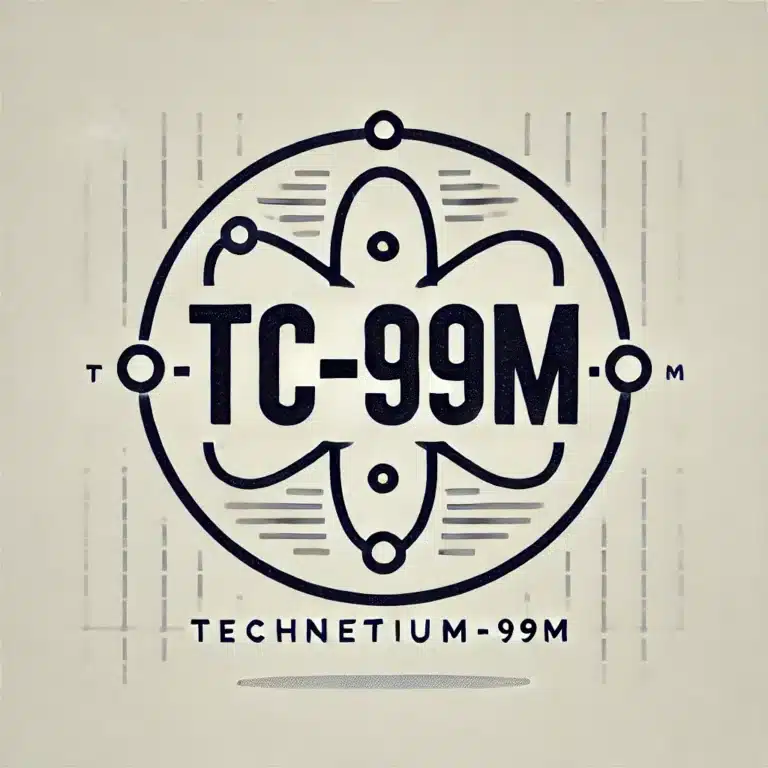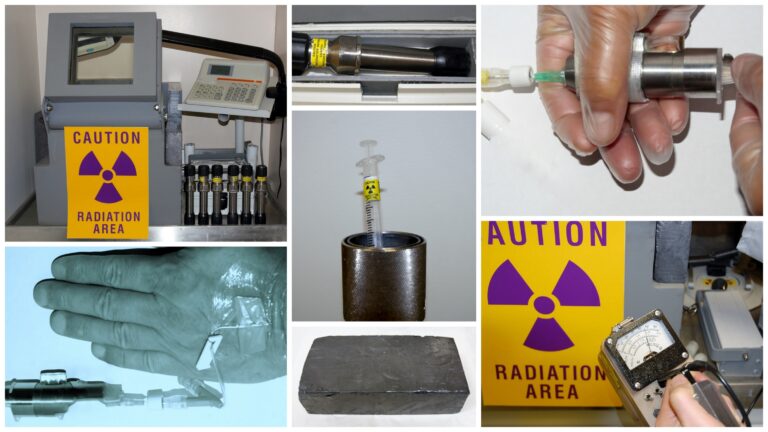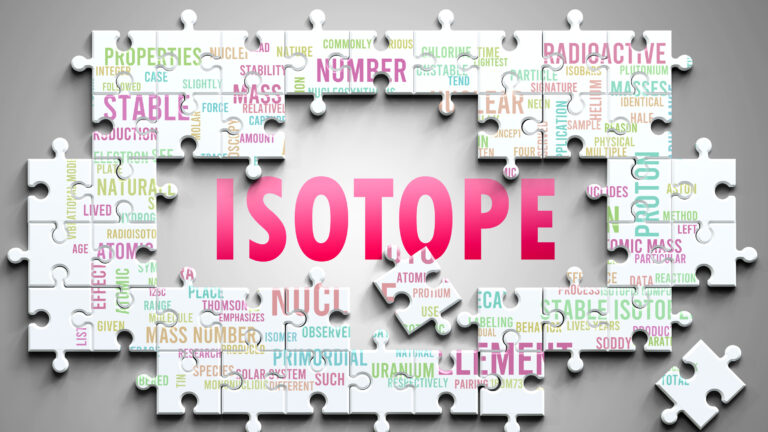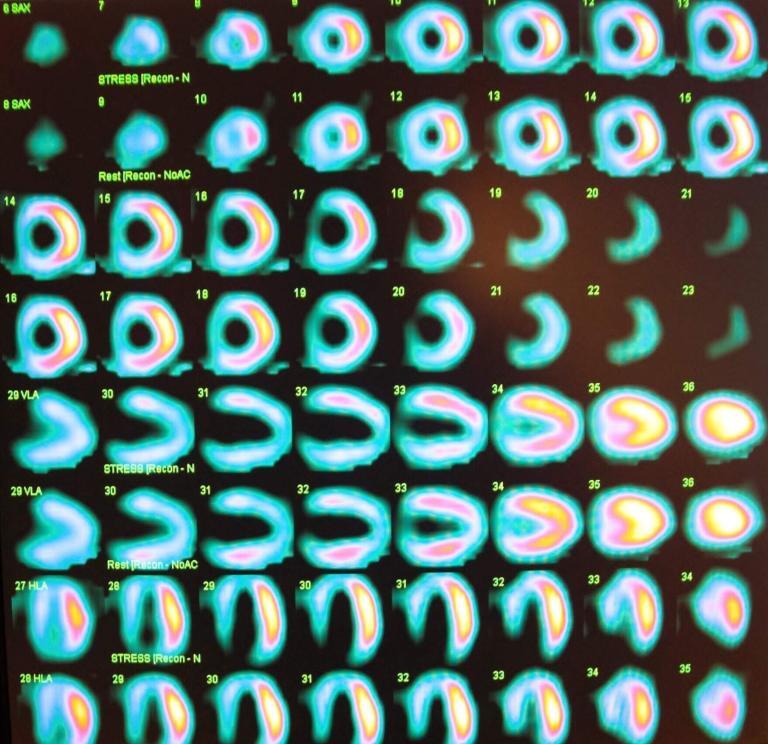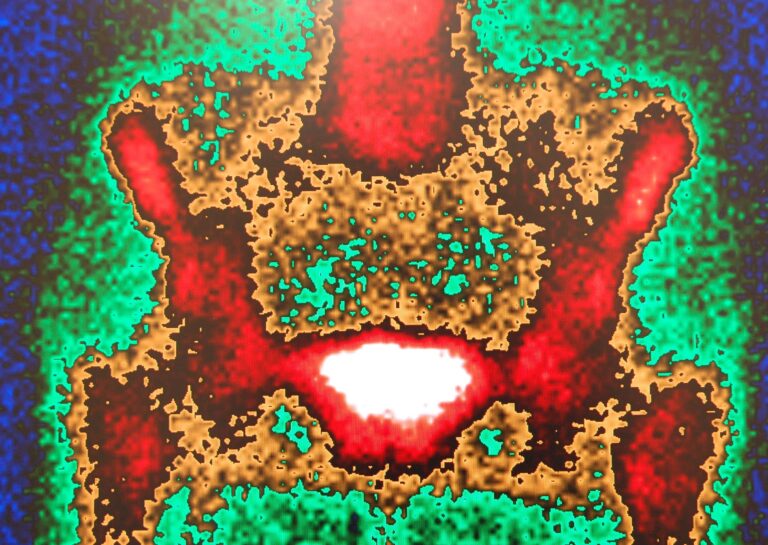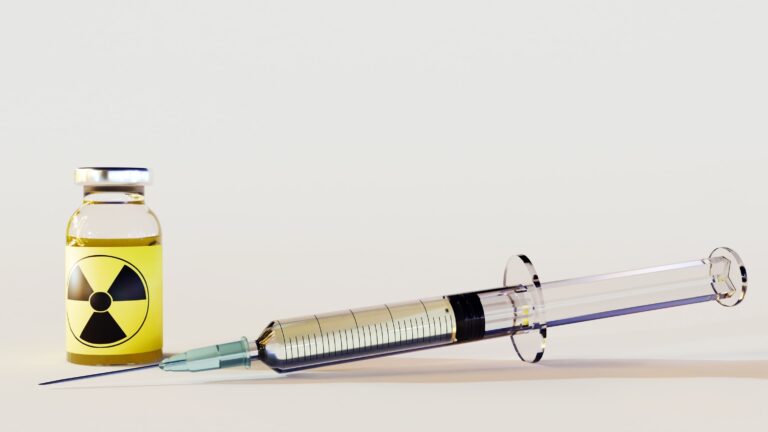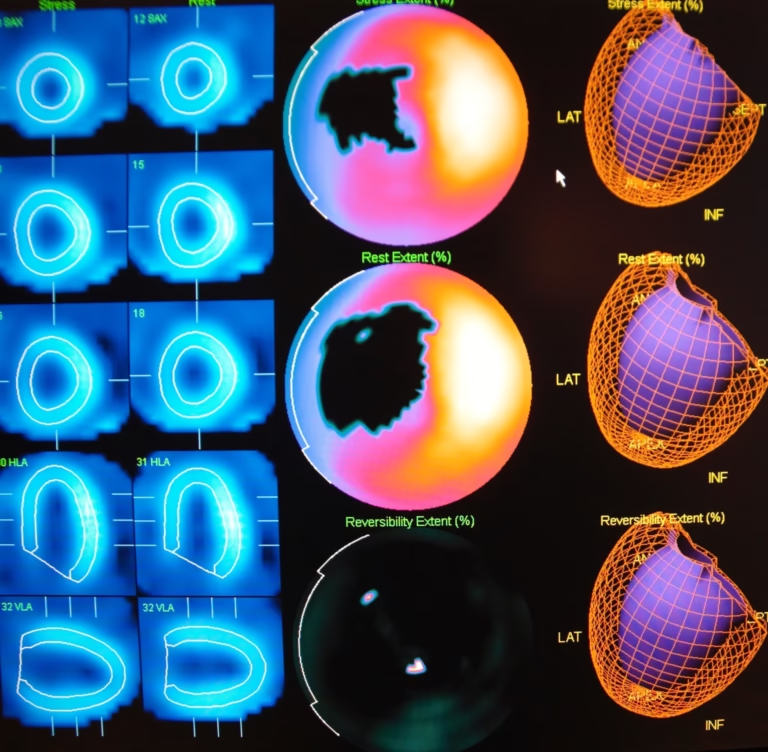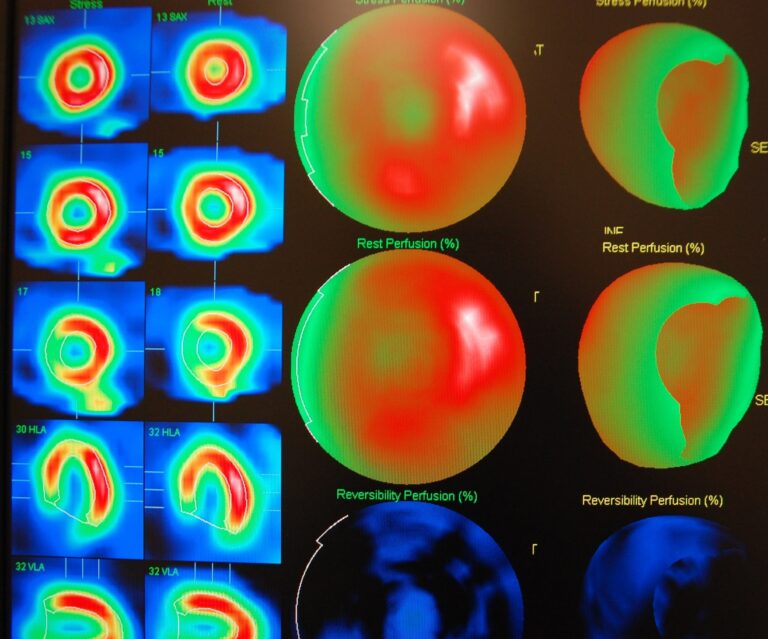Technetium Radiopharmaceuticals
Technetium Radiopharmaceuticals contain the ideal radionuclide technetium-99m and are used in more than 80% of nuclear medicine procedures. This radiometal does not emit particles, only gamma radiation (photon energy of 140 keV) and 10% of internal conversion. The half-life is 6 hours, obtained from a generator system’s parent molybdenum-99 (half-life = 67 hours).
The generator absorbs the molybdenum activity onto the alumina column, followed by the elution of saline to give technetium-99m labelled sodium pertechnetate. After intravenous injection, technetium-99m pertechnetate is reversibly bound to protein and rapidly leaves the plasma compartment.
Nevertheless, over 50% of the activity leaves the plasma within several minutes and is distributed in the extracellular fluid. These technetium radiopharmaceuticals concentrate in the salivary and thyroid glands, including the gastric mucosa and the choroid plexus cells, produced in the cerebrospinal fluid in the brain’s ventricles. Excretion of the activity is by either the gastrointestinal or the renal route.
Technetium-99m pertechnetate is localised by the thyroid similarly to iodides but is not incorporated into thyroglobulin. The imaging agent technetium-99m tetrofosmin, known as Myoview, has good myocardial uptake, typically 1-2% of the injected dose, with a first-pass extraction efficiency of approximately 50%. In addition, Myoview has good retention and minimal redistribution from the myocardium over time.
The myocardium, parathyroid, and breast tissue also absorb technetium-99 m sestamibi. Subsequently, single-photon emission computed tomography (SPECT) is performed to detect the gamma rays emitted by the decay of technetium-99m. In its kit form, sestamibi is used to detect coronary artery disease (CAD) by accumulating in the myocardial ischemia to gain information for patient management decisions.
You are here:
home » technetium radiopharmaceuticals

